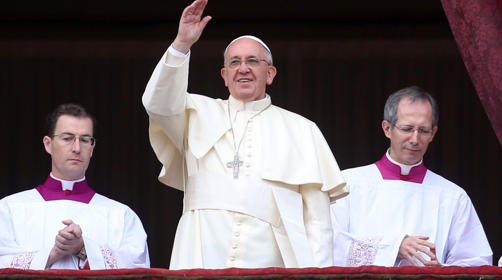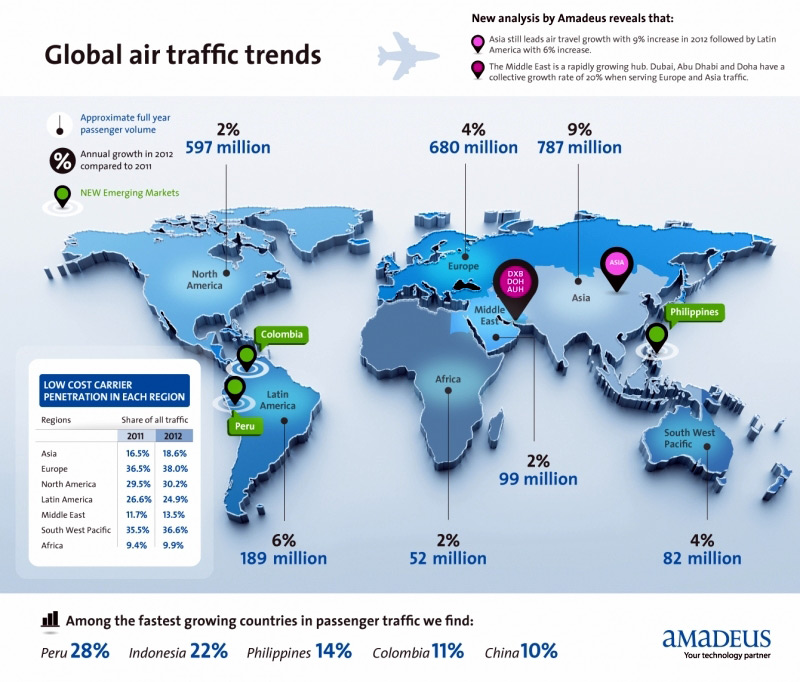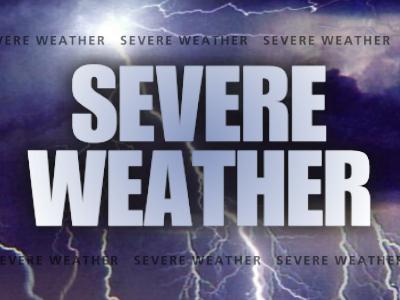AMERICANS CHEER FOR BEER

America has an official alcoholic beverage, it is BEER, according to a new Gallup Poll. The overall U.S. beer market is worth hundreds of billions.
Beer is Americans' adult beverage of choice this year. More than six in 10 adults say they drink it.
Americans who drink alcohol choose beer over wine and liquor as the type of alcohol they imbibe most often. This year, 41% of U.S. drinkers report they typically drink beer; 31% name wine and 23% name liquor.



